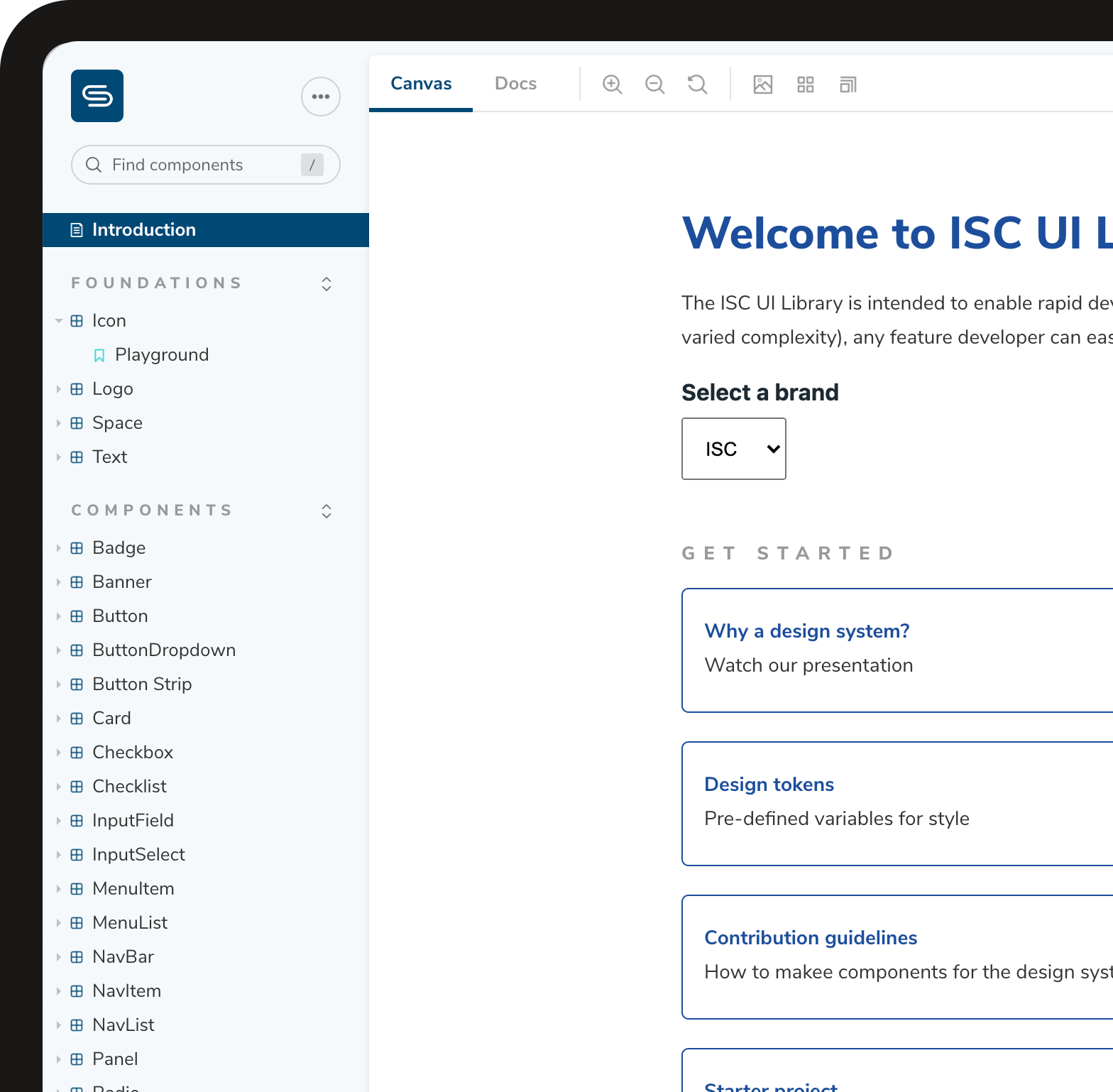Livestock Design System
Built a design system and prototyped a future vision of a livestock transport system.

The original livestock transport system was paper-based, where a producer (farmer) would have to manually fill in a National Vendor Declaration for livestock to be transferred and sold. The client had attempted to digitise this process, but its users gave terrible feedback. The client wanted to conduct in-depth research to understand better why the system feedback was negative and how the system could interact with a producer.
I worked with another researcher and travelled around VIC, NSW & QLD for three months, where we visited various livestock producers at their properties. We conducted contextual inquires and some ethnographic research.
I then worked with that same person to synthesise the research, present findings, and run design sprints with the client to visualise the future of the system.
We had to become experts at the current system before we conducted interviews. We commandeered a meeting room wall and post-it noted the entire experience, overlaying any questions. Looking at the system in-depth surfaced some general usability & accessibility issues which we incorporated into later feedback.
Over the space of three months, we travelled throughout Australia to conduct interviews. The 3-hour interviews were an opportunity to learn about any problems producers have with any systems they use in raising/selling livestock. We compiled a list of pre-defined questions beforehand - these were a mix of general and system-specific.
We collected Audio recordings, video recordings, screen shares and photographs to document as much as possible. These media artefacts helped provide visual proof to the client when we handed over the final report and a glossary of references.
We used a practice called affinity mapping to organise our insights into groups. Every interview was transcribed and split into paragraphs in Excel. These paragraphs were then printed off and labelled for sorting. There were 60 hours of transcribed interviews, so it took around three weeks to affinity everything. Below you can see our process: we would summarise each paragraph with a post-it note and 'bubble up' insights from there.
We presented posters that outlined the end-to-end process of the livestock's lifespan and the people & systems they touch. Each poster overlaid findings from research, inserting them into each respective stage. Organising the poster in this way made it very easy for the client to identify the pain points of any particular stage.
During the first stages of the project, we found that several employees didn't understand the end-to-end process of raising and selling livestock. We made the research findings into an interactive map and added illustrations to help with educating current employees, onboarding new employees, and running design sprints.
The goal was to concept the vision of a single system to transport and sell livestock. We took inspiration from the book Sprint by Jake Knapp and ran a 1-day design sprint. Even though the book details five days, we felt it was best to condense everything down to a single day since the research was already complete.
We ran a Crazy 8's session where you sketch a new idea every minute for 8 minutes. This task aimed to push the boundaries past the person's first or second idea and force more creative thinking. Every documents their ideas onto post-it notes (below), and then everyone dot voted for the ones that could make the most significant impact. These ideas were then voted on again and documented as the chosen features for prototyping.
I worked in Sketch to design wireframes of the concepts for further exploration. These ideas were simple visual references to showcase what could come from the design sprint and present to the board to get buy-in for future work.
This project was really an education piece to show the client how to act on user research with design sprints. Since then, the client had made some signficant progress on deciding what Hello Human was actually re-engaged on this project a couple years later to realise the future vision.
Built a design system and prototyped a future vision of a livestock transport system.

